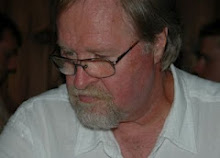Nikola Tesla didn't invent techno-hype. That had been going on for generations, picking up tempo when railways first linked communities, spanned continents and spawned electronic communications. But his astonishing predictions, captured in the pages of Colliers magazine in 1926 were perhaps the most accurate of any.
What Tesla and his colleague Hugo Gernsback energized after the first world war, others inflated into a cultural tsunami, with the proliferation of consumer-based economics and the explosion of mass media after WWll.
Most of Tesla's followers were less accurate, even careless. But their purpose wasn't to be prescient. They filled the print media and the airwaves with predictions to generate demand for consumer goods. They succeeded beyond their own fertile imaginations, driving economic growth and prosperity throughout the 20th Century.
Industrialists and businessmen soon realized the potential of future-hype. Their zeal propelled the advertising industry to unprecedented heights. It created the futurist movement, when they began to worry that the engines of commerce were producing a population saturated with choice.
Only now are we beginning to understand the real cost of expectations inflated by decades of hype. Crippling consumer debt has collided with income inequality to create a middle class only now waking up to the fact that economic growth doesn't follow some trickle-down theory.
This new reality may have played a role in Justin Trudeau's election victory October 19. It is now certainly being played out in the U.S. primaries, where voters are ready to choose any option as long as they believe they aren't being duped.
How can you claim to speak for 99% of people?
11 years ago

No comments:
Post a Comment